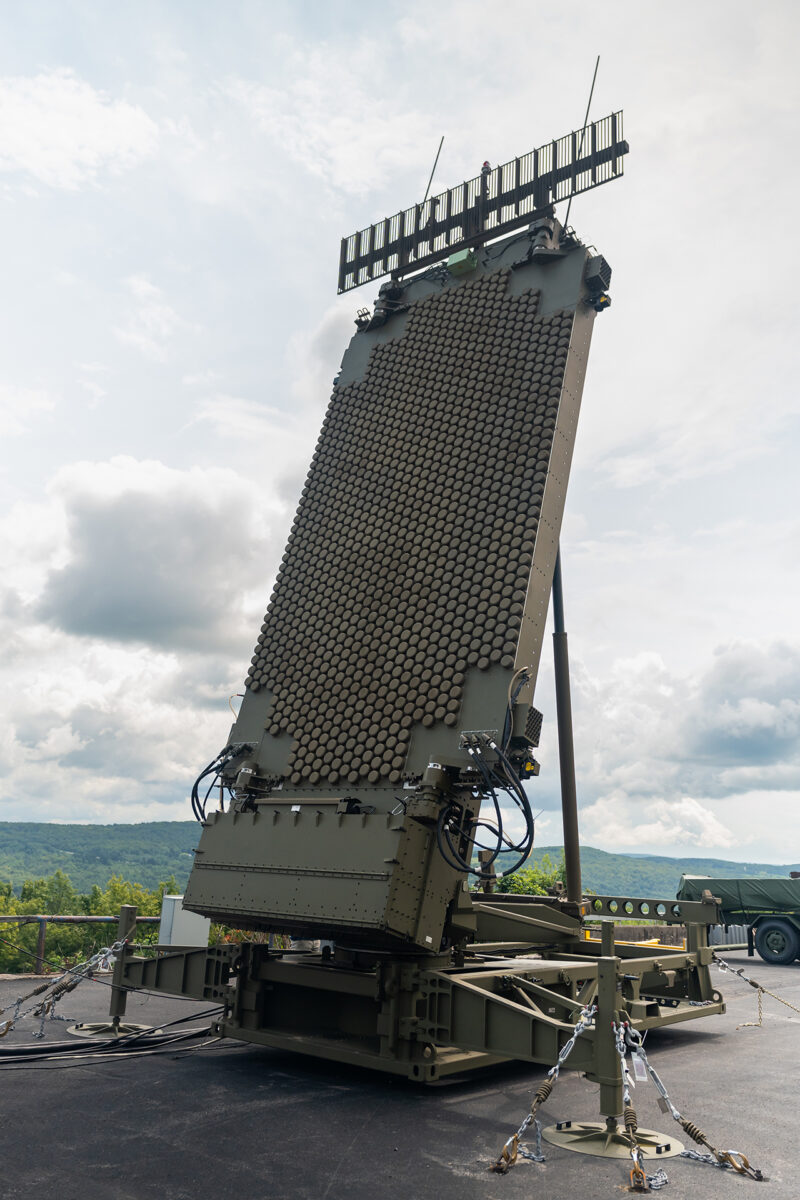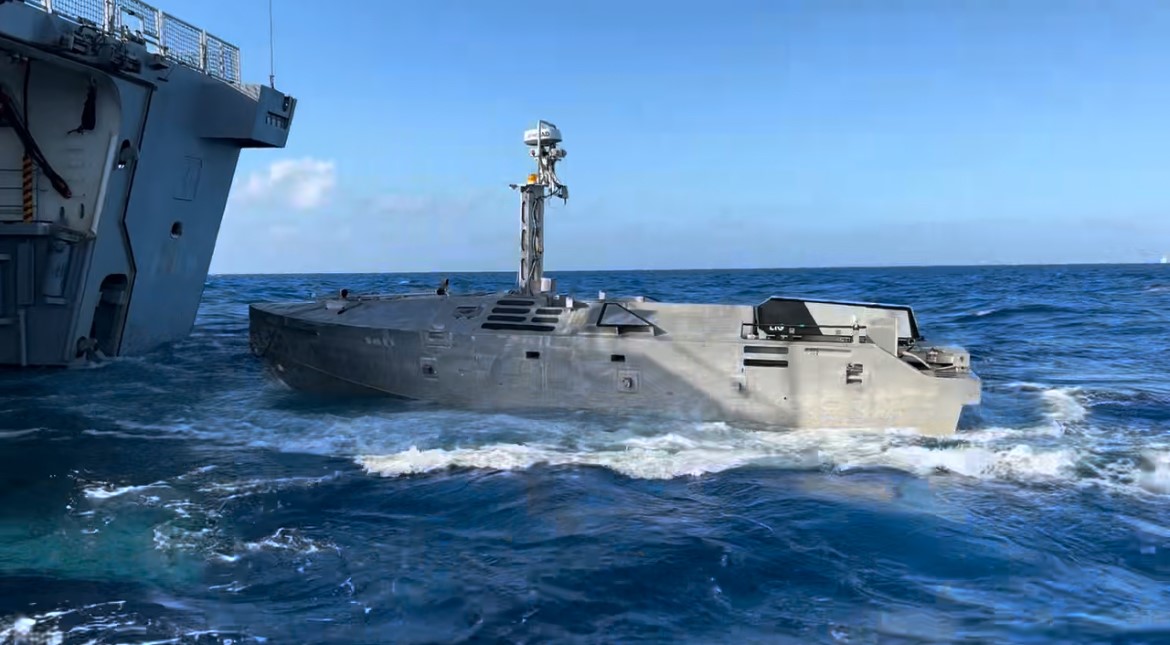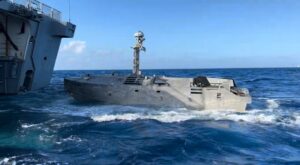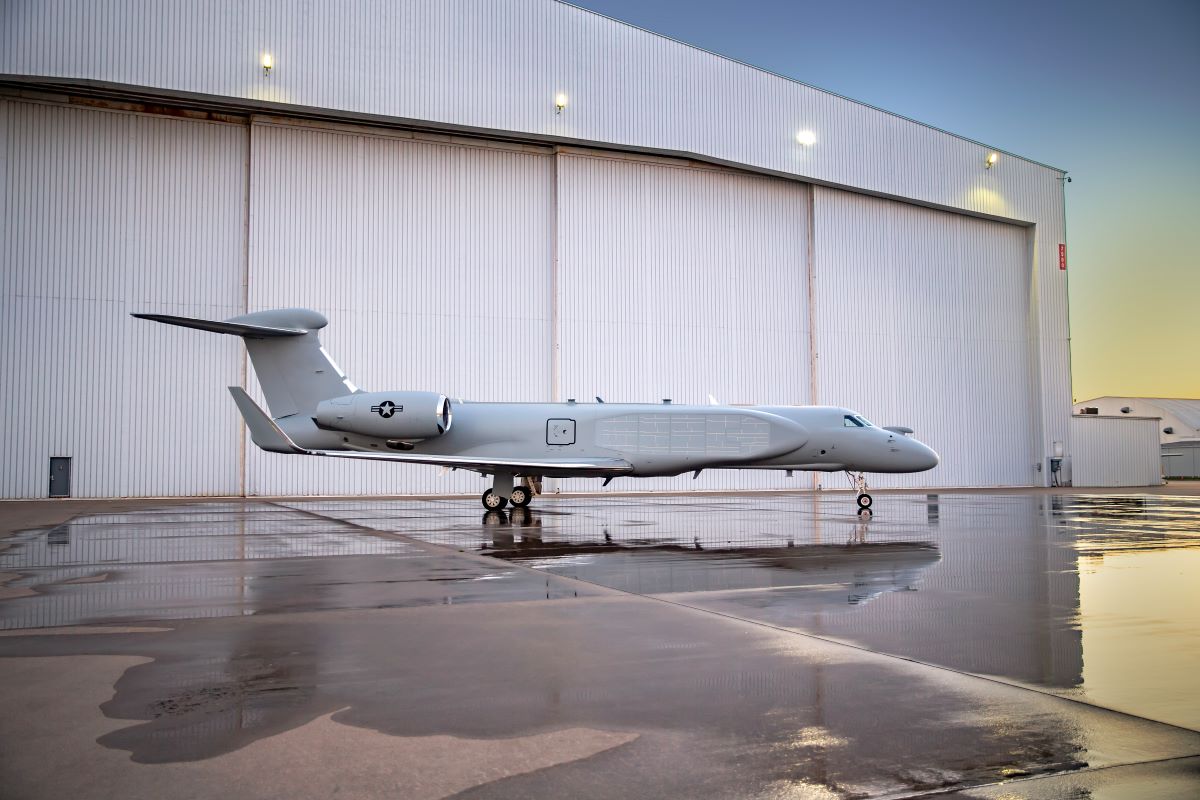COLORADO SPRINGS, Colo.—An artificial intelligence platform increasingly being used across the combatant commands is operational with U.S. Space Command, helping to improve domain awareness of adversarial activity in space, the command’s top officer said on Tuesday.
Maven Smart System has been integrated into USSPACECOM’s Joint Operations Center (JOC) and is “helping us manage adversary space order of battle boosting space domain awareness,” U.S. Space Force Gen. Stephen Whiting said during a keynote address at the annual Space Symposium. Maven is also being considered for space control missions, he said.
Space control is the Space Force’s vision for space superiority, using offensive and defensive means to maintain access to space for friendly forces while denying it to enemies.
Maven is managed by the National Geospatial-Intelligence Agency. Palantir Technologies
[PLTR] is the prime contractor for the system. The system uses computer vision technology to quickly find targets and other items of interest for warfighters.
“The Maven Smart System uses large language models to help us better anticipate the threats that are coming and then integrate sources from across the intelligence community as quickly as possible,” Whiting said. “In our JOC, Maven streamlines the tactical reporting between SPACECOM and subordinate operation centers to assess risk and gain decisional advantage.”
Last week the command was supported by Maven officials for a three-day sprint at the top-secret level using a “new large language model” to accelerate space domain awareness and decision-making, he said.
USSPACECOM has also made progress in improving its operating picture around missile warning and defense, Whiting said. A year ago, the command began a pilot to “fuse missile warning and missile defense data onto a single pane of glass,” and is now demonstrating this fusion on the initial data integration layer that has been developed, he said.
“And now we’re moving forward with operationalizing this system and placing it on our JOC floor,” he said. “And, in coming months, we will be adding additional missions to that program.”
The JOC is Whiting’s strategic level command and control node.
Whiting used the address to outline USSPACECOM’s “five elements of victory” that have been formed over the past year for winning a conflict, which should ensure deterrence.
The first element is being able to withstand a first strike in space and continue operating, he said. Second is transitioning from crisis to conflict. Third is aligning U.S. interests in space across domestic and international stakeholders. Fourth is sustaining forces and capabilities in conflict, and the final element is having space superiority “at a time and place of our choosing,” he said.
Space superiority is underpinned by space domain awareness, which Whiting said will be further advanced by the Silent Barker satellites once they are fully operations, space command and control programs, and Northrop Grumman’s [NOC] future Deep-space Advanced Radar Capability. He also touted an ultra-high-frequency radar array that LeoLabs will install in the Indo-Pacific region that will reduce space domain awareness gaps and “provide early detection and tracking for space and missile launches in China.”
Space superiority also demands “resilient and timely command and control” for space and Earth-based operations, Whiting said, highlighting that his command has “identified four high priority kill chains that require integrated C2 networks for connecting sensors to effectors.”
By 2027, USSPACECOM, working with the Air Force, Space Force, Missile Defense Agency MDA), and the National Reconnaissance Office plans to “have the necessary integration across multiple acquisition programs to field a more agile C2 capability, increasing kill chain speed and lethality,” he said.
USSPACECOM, MDA, the Space Force, and U.S. Northern Command are writing an initial capabilities document to define requirements for the Golden Dome for America homeland missile defense architecture, he said.
USSPACECOM is also working with U.S. Special Operations Command and U.S. Cyber Command on better integrating their respective capabilities into space operations “at tempo and scale,” Whiting said.
“Because, like us, our opponents rely on terrestrial-based space-enabling infrastructure that can be held at risk through all domain operations,” he said. “And it’s time that we can clearly say that we need space fires and we need weapon systems. We need orbital interceptors, and what do we call these? We call these weapons, and we need them to deter a space conflict and to be successful if we end up in such a fight.”













